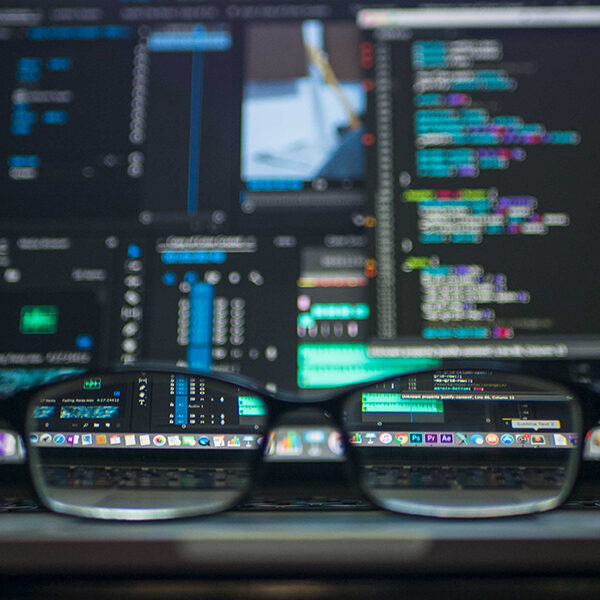Discover the Top Transcription Techniques for Accurate Audio-to-Text Conversion
Why Human Attention to Detail and Top Transcription Techniques Beats Automated Software and Machine Learning Algorithms
Transcribing audio files to text is integral to success for various industries, including journalism, legal, medical and more. Many of these industries rely on the accuracy of transcription to inform strategic decisions. The ability to transcribe audio recordings into written text provides new opportunities for business transcription services which include data analysis, documentation and accessibility. However, with various cheap transcription services available, there exists a challenge to determine the most accurate audio-to-text conversion technique. Cost-effectiveness is not always the most important factor, as the reliability of information received often plays an even more important role. In this article, we will explore transcription techniques and explain why human transcription is still the most accurate option.
Human Transcription: Accuracy is Key
Alternative Transcription Options
Human transcription is the most accurate, but also the most expensive and time-consuming option. A seasoned transcriber can be likened to a machine in terms of speed, but far excelling in accuracy. Many businesses therefore turn to alternative transcription techniques such as automated software or machine learning algorithms. A viable consideration for some, but not without its own unique pitfalls.
Automated software uses speech recognition technology to transcribe audio into text. While this option is faster and more affordable, accuracy is sacrificed. Software options are constantly improving but can have difficulty with background noise, multiple speakers and regional accents. This may lead to an inaccurate transcription. Automated software can also miss non-verbal cues more often than a human does, which can be important in understanding context.

Human Transcription: The Preferred Choice
When it comes to transcribing audio to text, accuracy is key. Human transcription provides the highest level of accuracy, making it the best choice for businesses. Businesses that require a high level of precision in their transcriptions often rely on these services. Industries such as legal, medical and journalism, where even minor inaccuracies can have dire consequences, are dependent on the accuracy provided by human transcribers.
For example, legal transcription, transcribed audio is often used as evidence in court cases. An inaccurate transcription can have serious consequences, potentially resulting in a miscarriage of justice. In the medical field, Having accurate medical transcription is important, inaccurate transcriptions can lead to an incorrect diagnosis or treatment, potentially resulting in the loss of life. In journalism, accurate transcriptions are essential for reliable reporting and avoiding reputational damage.

